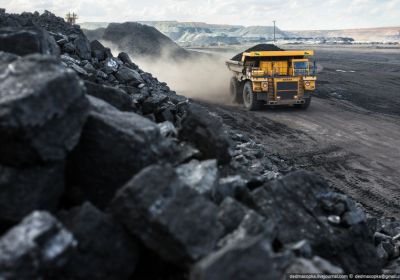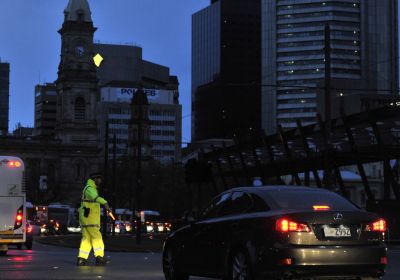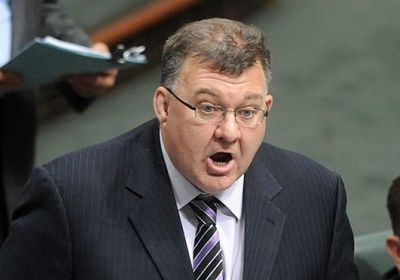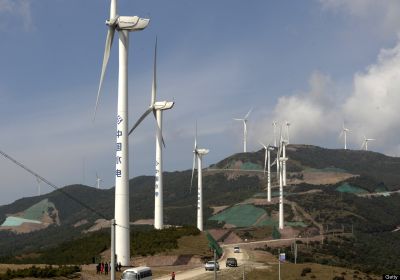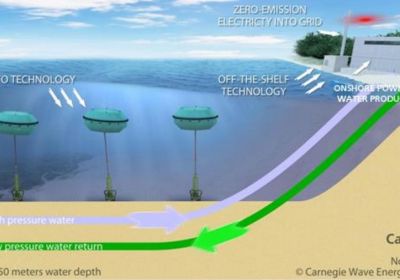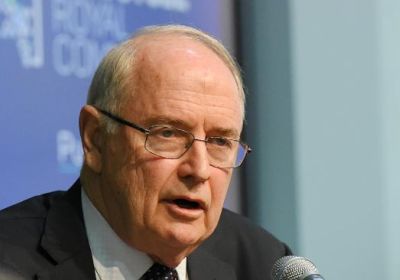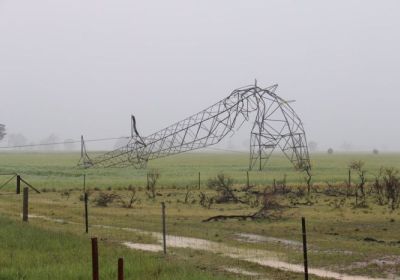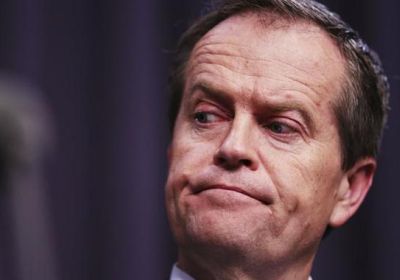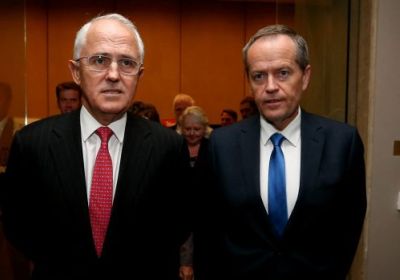-
-
-
-
-
-
-
-
-
-
 In 2000, renewable energy made up just 6.3% of Germany's electricity. By last year, it had risen to 31%. Cloudy Germany became a leading innovator in solar energy. It did so not by subsidising large power utility companies, but by mobilising hundreds of thousands into energy cooperatives. The two legs of this democratic energy transition are Germany's commitment to phase out nuclear power and its feed-in tariffs, which allowed small renewable energy producers to sell their electricity.
In 2000, renewable energy made up just 6.3% of Germany's electricity. By last year, it had risen to 31%. Cloudy Germany became a leading innovator in solar energy. It did so not by subsidising large power utility companies, but by mobilising hundreds of thousands into energy cooperatives. The two legs of this democratic energy transition are Germany's commitment to phase out nuclear power and its feed-in tariffs, which allowed small renewable energy producers to sell their electricity. -
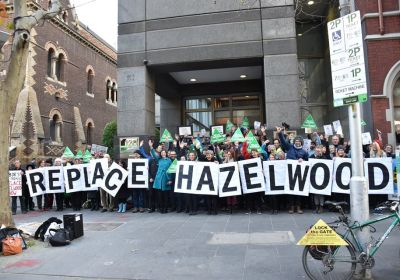 Protesters gathered in Melbourne on August 8 to urge the replacement Hazelwood Power Station with renewable energy. Australia's dirtiest power station, Hazelwood is owned by Engie France and Mitsui Japan. According to the OECD it is one of the world's most polluting power stations, both in terms of the toxic cocktail of chemicals it daily emits and its carbon emissions. Hazelwood is also Australia's least efficient power station and a major consumer of water: 1.31 megalitres of water is consumed per gigawatt hour of power generated.
Protesters gathered in Melbourne on August 8 to urge the replacement Hazelwood Power Station with renewable energy. Australia's dirtiest power station, Hazelwood is owned by Engie France and Mitsui Japan. According to the OECD it is one of the world's most polluting power stations, both in terms of the toxic cocktail of chemicals it daily emits and its carbon emissions. Hazelwood is also Australia's least efficient power station and a major consumer of water: 1.31 megalitres of water is consumed per gigawatt hour of power generated. -
 The Victorian Labor government has announced an “ambitious and achievable” Victorian Renewable Energy Target (VRET). This target will commit the state to generating 25% of its electricity from renewable energy by 2020, and 40% by 2025.
The Victorian Labor government has announced an “ambitious and achievable” Victorian Renewable Energy Target (VRET). This target will commit the state to generating 25% of its electricity from renewable energy by 2020, and 40% by 2025.
Renewable energy
Renewable energy
